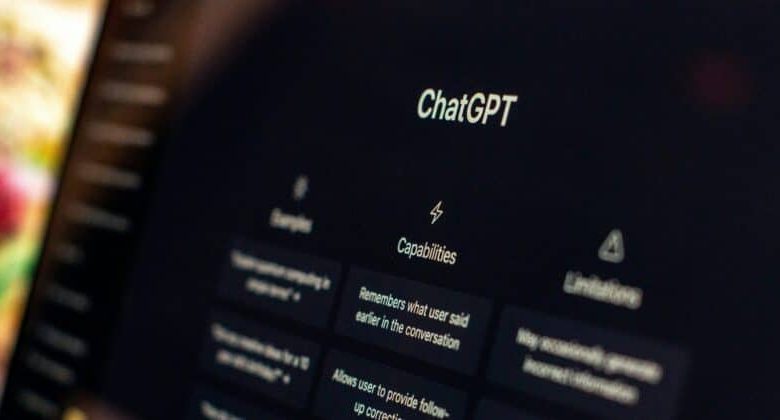Can AI Detectors Catch AI Rewritten or Humanized Text?

Writers, teachers, and even casual readers are asking the same question these days. If a text was first created by an algorithm and then carefully rewritten, can an AI detector still spot it? Tools like the smodin ai detector promise to analyze writing patterns and reveal hidden signs of machine authorship. But the truth is not as easy as just pressing a button. When words are edited, refined, and reshaped, the dividing line between human and artificial intelligence becomes blurry. That ambiguity is what makes the subject interesting—and frustrating.
Why People Rewrite AI Text in the First Place
Many people do not use AI to publish text directly. Instead, they treat it as a rough draft. Students may request an outline from AI and expand upon it on their own. Marketers sometimes will create a first draft for a blog post generated by AI and then edit it until it feels more personal. Authors may experience writer’s block and request inspiration from AI and ultimately rewrite the content in their own voice.
In all these activities, it is something that is not completely human, nor is it completely machine-generated.
The motivation is clear. People want the speed of AI without losing the authenticity of their voice. They also want to avoid being flagged by detection tools. In short, rewriting feels like a way to enjoy the benefits of technology without paying the price of suspicion.
What Makes Detection Difficult
AI detectors look for patterns. They examine sentence rhythm, word choice, and statistical probability. Pure AI writing often has a smooth consistency. It avoids extreme emotion. It repeats structures without realizing it. Human writing, on the other hand, tends to be uneven. It includes detours, surprising word choices, and moments of vulnerability.
The problem appears when humans edit AI text. Rewritten paragraphs may break up patterns just enough to confuse a detector. An essay that reads as polished might read as genuine, even if it was initially written, initiallywritten through an algorithm. Meanwhile, a careful student may rewrite something so much that their writing appears awkward. Ironically, this rewriting may make it appear more suspicious.
How Detectors Respond to Rewritten Text
Detection tools differ in how they work with these hurdles. Some give a straightforward percentage score, making the interpretation the user’s work; meanwhile, others break down the text into sections, highlighting phrases that they suspect to be suspect. Typically, examining the text at the sentence level reveals even more information, particularly if it is hybrid writing. Smodin’s detector is reputable for the straightforwardness of its results and lacks excessive detail. The users receive confidence scores, but the results detail why some passages may raise an alarm. This matters for a teacher because it puts them in a position to discuss the results with students rather than a position of passing judgment. For a student, it provides guidance on how their style can become more personal and less mechanical. Transparency is what builds trust in these results.
Comparing Popular Tools
It would be unfair to say there is one perfect detector. Each tool has strengths depending on context.
Smodin
Smodin has become popular with students, freelancers, and teachers because it combines AI detection with rewriting and translation tools. Instead of switching between several platforms, users can check a draft, adjust it, and even adapt it into another language in the same place. The detector performs well on longer essays and mixed drafts, though like most tools, it can struggle with very short text. The mix of accessibility and range makes it stand out for everyday academic and creative use.
GPTZero
Many universities prefer GPTZero because it provides thorough reporting, identifying each sentence, along with an indication as to how likely each individual part of that sentence is machine-generated. This level of thoroughness can be helpful for academic writing, but every so often, a student might be mistakenly identified due to a tendency to err on caution.
Originality.ai
This tool is attractive to publishers and editors. This tool finds AI- and plagiarism-invested responses. Each of these functions allows it to have a professional advantage. This tool has strong accuracy percentages on pure drafts, but some users may find the interface even more technical than other tools.
Copyleaks
Thinking of a classroom, it offers visual reports that are simple to explain to your students. The system is slower than some other grading systems, but it offers accurate results. As a teacher, I appreciate how it simplifies complex analysis into accessible analysis.
Writer AI Detector
This detector fits in well with corporate settings. It connects nicely with a professional writing platform and performs well for short content, such as advertising copy. The reliability of its performance with long essays is less persistent, though in a business setting, being able to integrate is certainly a perk.
Everyday Use Cases
Consider a student who writes an essay with AI help but then rewrites it completely. Their teacher runs the text through a detector. The system flags some sentences, but not the entire essay. Rather than labeling it as cheating, the teacher leverages the experience as an organic opportunity for dialogue where they consider writing practices, the definition of originality, and the role of AI in the learning situation. The tool is embraced as included in the educational act rather than as punishment.
Say a small business owner assigned the task of writing blogs to a freelancer. The business owner wants to ensure they are genuine. They run it through a detection service to ascertain how much of the blog is machine-generated or original. Reasons behind a detected piece of writing are not an argument against using AI at all, but a matter of having expectations for tone and voice.
The Future of Detecting Humanized AI Writing
Detectors are advancing rapidly. The next generation may not only be able to see if the text is AI-generated but also how much the text has been edited by a human. This would provide a more nuanced response rather than just a simple label. Results could show percentages of AI in various sections throughout the text instead. This type of response would be a better reflection of reality. On top of that, it is also more likely that detectors will integrate into different writing tools we use regularly. Imagine writing an essay in an educational online portal and seeing real-time feedback about whether your sentences sound natural. This may provide a more motivating factor for students to write in their own voice rather than relying on machine-generated suggestions.
The Main Takeaway
AI detectors face their greatest challenge in identifying rewritten or humanized text. Complete accuracy may never be possible, but progress is constant. Tools like Smodin, GPTZero, Copyleaks, Originality.ai, and Writer each add to the effort in different ways. They aren’t perfect, but they can help navigate a world in which uncertainty is growing.
Perhaps the tools’ greatest contribution is not simply identifying machine writing, but the fact that they remind us why having human expression matters. A personal story, a clumsy metaphor, a sentence that meanders too long—these are the marks of living thought. Detectors help us see when those marks are missing. In doing so, they encourage us to value imperfection as proof of humanity.




